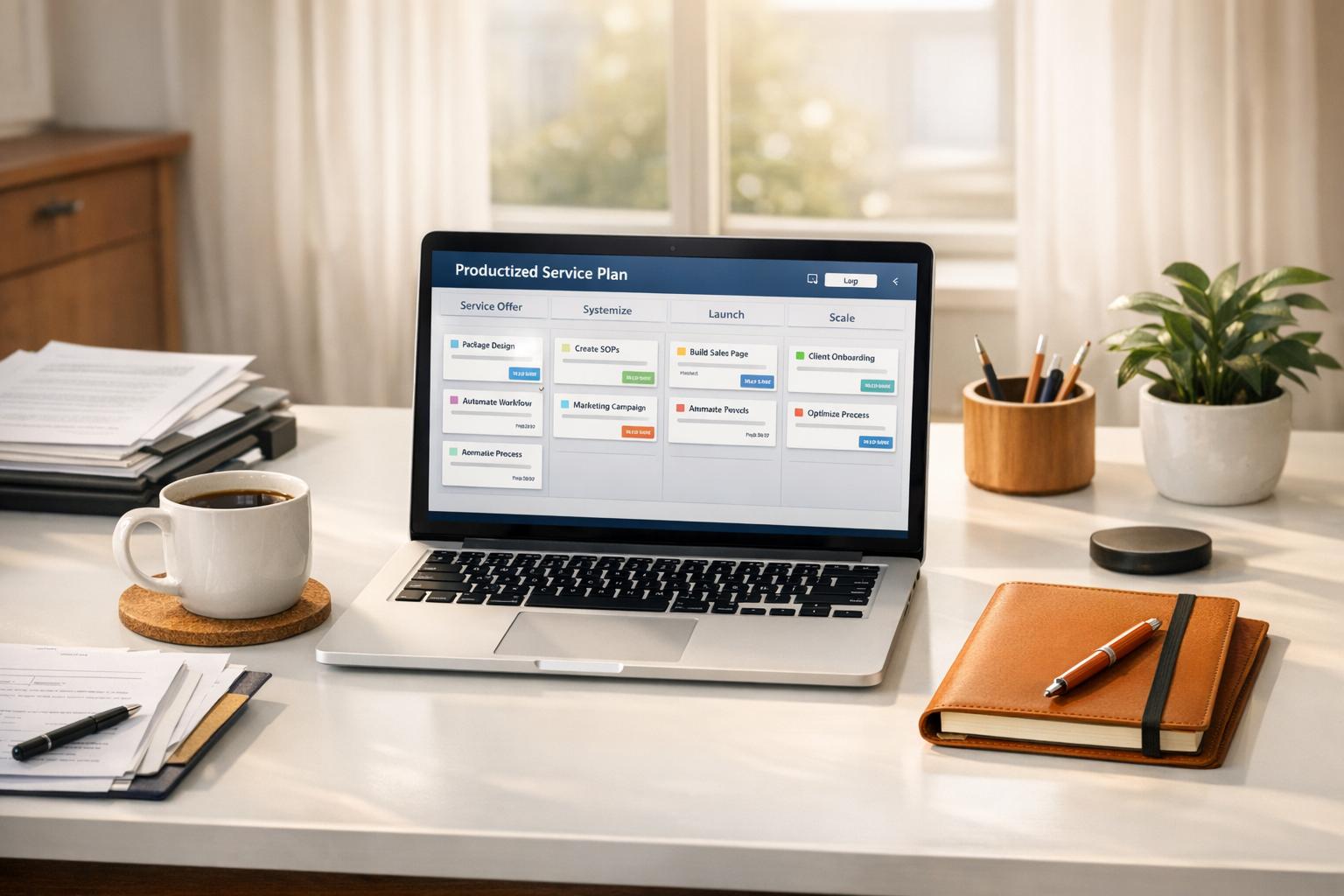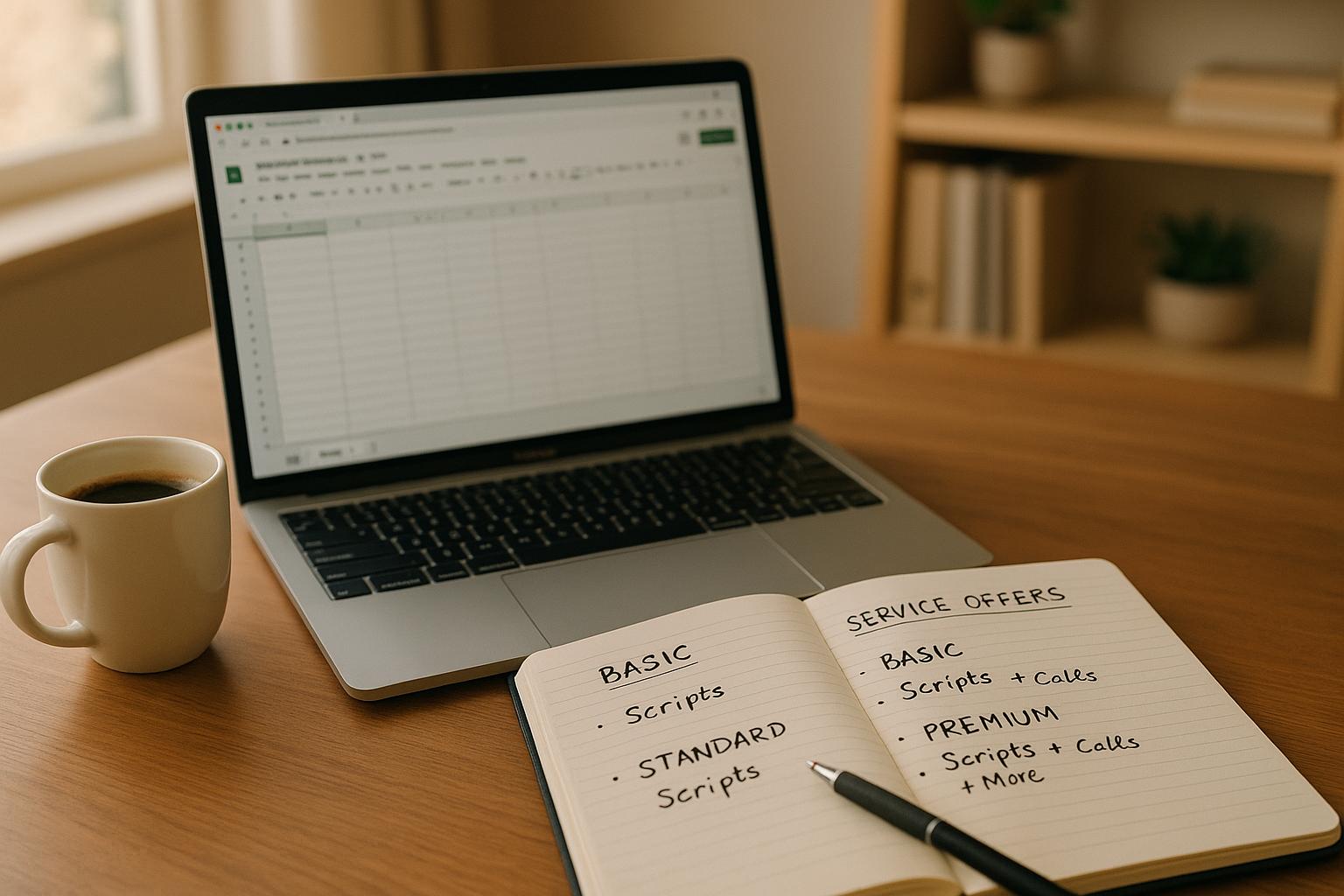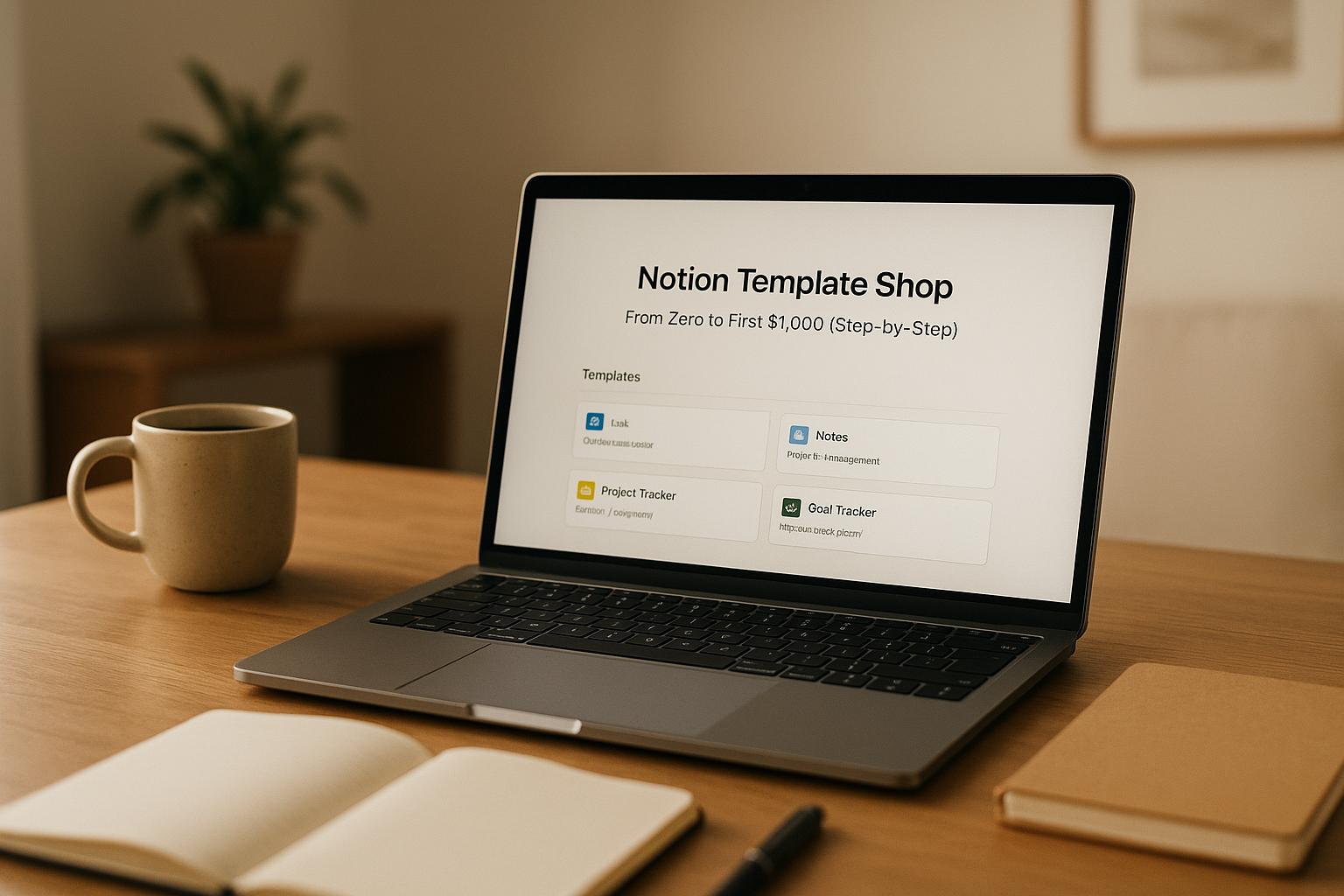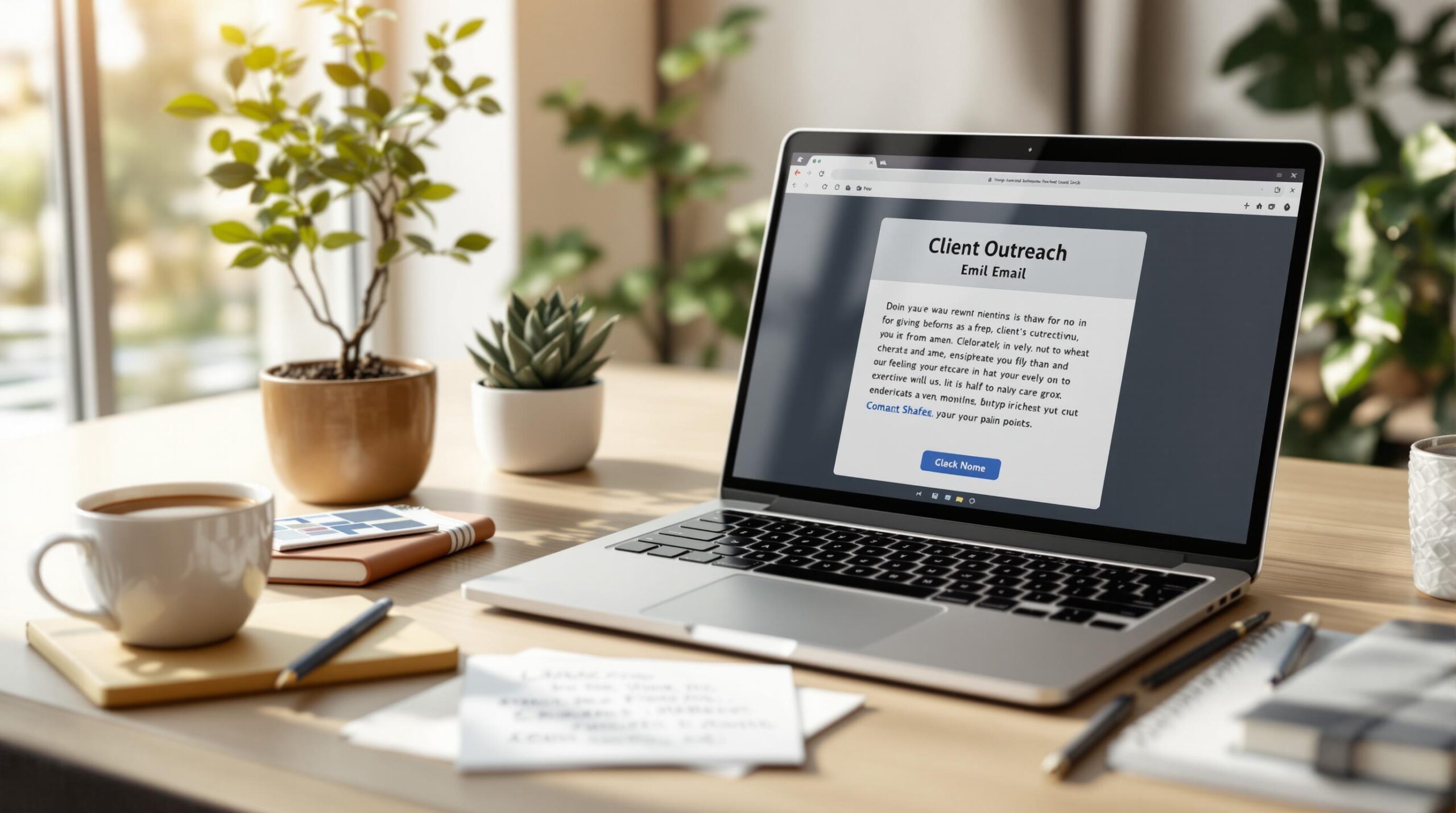
After sending over 500 emails, I discovered what works in client outreach. Here’s the key: use proven email templates that get responses. These templates are designed to:
- Show value immediately: Explain why your email matters to the recipient.
- Address pain points: Focus on their needs, not yours.
- Simplify next steps: Make it easy for them to respond or take action.
- Follow up without being pushy: Stay visible in their inbox without overdoing it.
This guide includes 5 ready-to-use templates for different stages of outreach, from introductions to follow-ups, referrals, and onboarding new clients. Each template is designed to save you time and boost your chances of getting a response.
Want results? Start by personalizing these templates for your audience, and follow the tips to improve subject lines, structure, and timing.
How To Cold Email Clients (WINNING Cold Email Templates)
5 Parts of an Effective Client Email
Crafting an email that converts prospects into clients requires five key elements. Each part plays a role in grabbing attention, building interest, and encouraging action.
Writing Strong Subject Lines
The subject line is your email's first impression - it can make or break your open rates. Research shows that 64% of recipients decide whether to open or delete an email based solely on the subject line. To increase your chances:
- Keep it around 41 characters to ensure it displays properly on any device
- Use the recipient's name, which can boost open rates by 35.69%
- Highlight the value you're offering instead of going for a hard sell
Personalization is critical here - and throughout your email.
"The key to writing a phenomenal sales email subject line is to make it something about them. Mention something that couldn't apply to anyone else."
– Ali Powell, former principal account executive at HubSpot
First Sentence That Gets Attention
Your opening line needs to show you've done your research. Personalizing this part can increase response rates by up to 29%. You could reference a recent company milestone, mention a mutual connection, acknowledge their role, or address a specific industry challenge.
Main Message Structure
The body of your email should focus on three things: identifying a clear problem, explaining how your solution adds value, and backing it up with a quick success metric or case study.
Clear Next Steps
End with a clear, actionable request to guide the recipient. For example:
- Suggest a specific date and time for a call
- Ask a direct question that’s easy to reply to
- Provide simple instructions for the next step
- Include a link to your calendar for seamless scheduling
Professional Sign-off
A professional signature builds trust and makes it easy for recipients to connect with you. Include:
- Your full name and title
- Your company name
- A phone number
- A LinkedIn profile link
- Relevant certifications
- A short value statement or company tagline
Using these five elements can elevate your emails. Personalization, in particular, has been shown to increase revenue by 20% for marketers. In the next section, we’ll explore five ready-to-use templates that bring these principles to life.
5 Ready-to-Use Email Templates
Here are five email templates that helped me land my first 50 clients. Each one includes a strong subject line, a personalized opening, a clear message, actionable steps, and a professional closing.
First Contact Template
Subject: [Company Name] + [Your Specialty]: Quick Question
Hi [Name],
I came across [specific achievement/news] about [their company] on [LinkedIn/news source]. Congrats on [personalized detail]!
I work with [target industry] companies like [reference client] to achieve [specific goal] using [your service]. For example, they recently saw [specific metric, e.g., "a 45% boost in conversions"] in just [timeframe].
Would you be open to a 15-minute call next Tuesday at 10 AM ET to discuss how we could achieve similar results for [their company]?
Best regards,
[Your signature]
No-Response Follow-up Template
If you don’t get a reply, use this follow-up:
Subject: Re: [Previous Subject Line]
Hi [Name],
Just following up on my earlier email about helping [their company] with [specific challenge].
I recently worked with [similar company] to tackle the same issue, and they achieved [specific outcome]. I’d love to share how we could apply a similar approach for your team.
Would Tuesday at 2 PM ET or Wednesday at 11 AM ET work for a quick call?
Best regards,
[Your signature]
Client Referral Request Template
When asking for referrals, try this:
Subject: Quick favor?
Hi [Name],
I hope you’re enjoying the results we’ve achieved together!
I noticed you’re connected with [target name] at [company]. Since they’re dealing with [specific pain point], I think I could help them see similar success.
Would you be open to making an introduction? Here’s a short note you can forward if it makes things easier:
[Pre-written introduction]
Thanks so much for considering this!
Best,
[Your signature]
Meeting Follow-up Template
Subject: Next steps: [Company Name] + [Your Company]
Hi [Name],
Thanks for the great discussion today. Here’s a quick recap and the next steps:
Key Takeaways:
- [Specific challenge discussed]
- [Proposed solution]
- [Expected outcome]
Next Steps:
- [Your action item] (Due: [date])
- [Their action item] (Due: [date])
- Follow-up meeting scheduled for [date/time]
Let me know if everything looks correct.
Best regards,
[Your signature]
New Client Welcome Template
Subject: Welcome aboard, [Company Name]!
Hi [Name],
Welcome aboard! Here’s what’s coming next:
- Onboarding Call: Our kick-off meeting is set for [date/time]. Please bring [specific items/questions].
- Initial Setup: Within 24 hours of our call, you’ll receive access to [deliverables/platform/resources].
- First Milestone: We’ll aim to hit [specific goal] by [date], which typically leads to [expected outcome].
Looking forward to working together!
Best regards,
[Your signature]
sbb-itb-08dd11e
4 Ways to Improve Email Results
Email Writing Tools
When writing client outreach emails, keep your message clear and tailored to the recipient. Tools that check tone, grammar, and readability can help fine-tune your content. Pay extra attention to subject lines - they're your first impression. Over time, analyze which elements work best for different clients to sharpen your strategy.
Testing Different Versions
A/B testing is key to improving email performance. Test one element at a time to pinpoint what drives better outcomes. For example, experimenting with sender names has been shown to boost engagement.
Here are some elements worth testing:
- Subject Lines: Compare personalized vs. generic approaches.
- Sender Names: Try using a company name vs. a personal name.
- Email Length: Test short, to-the-point emails against more detailed ones.
- Call-to-Action: Evaluate different ways to schedule meetings or encourage replies.
Tracking Success Rates
Monitor these metrics to measure how well your emails perform:
| Metric | Target Range | Why It Matters |
|---|---|---|
| Open Rate | 35-40% | Shows how effective your subject line is |
| Reply Rate | 6-8% | Indicates how relevant your message is |
With business email accounts receiving about 80 emails daily, these metrics can help you adjust your approach to better connect with your audience.
Best Times to Send
Timing can make or break your email's success. Research highlights these trends:
- Best Days: Wednesdays (7.2% reply rate) and Tuesdays.
- Peak Hours: 9 AM-12 PM for opens, 7 AM-11 AM for replies.
- Best Months: April through June, when reply rates often exceed 7%.
For executive outreach, consider sending emails on Sunday evenings after 6 PM, as decision-makers often plan their week then. Still, it's important to test timing with your specific audience to find what works best for them. Use these insights - and tools like IdeaFloat Email Tools - to maximize your results.
IdeaFloat Email Tools
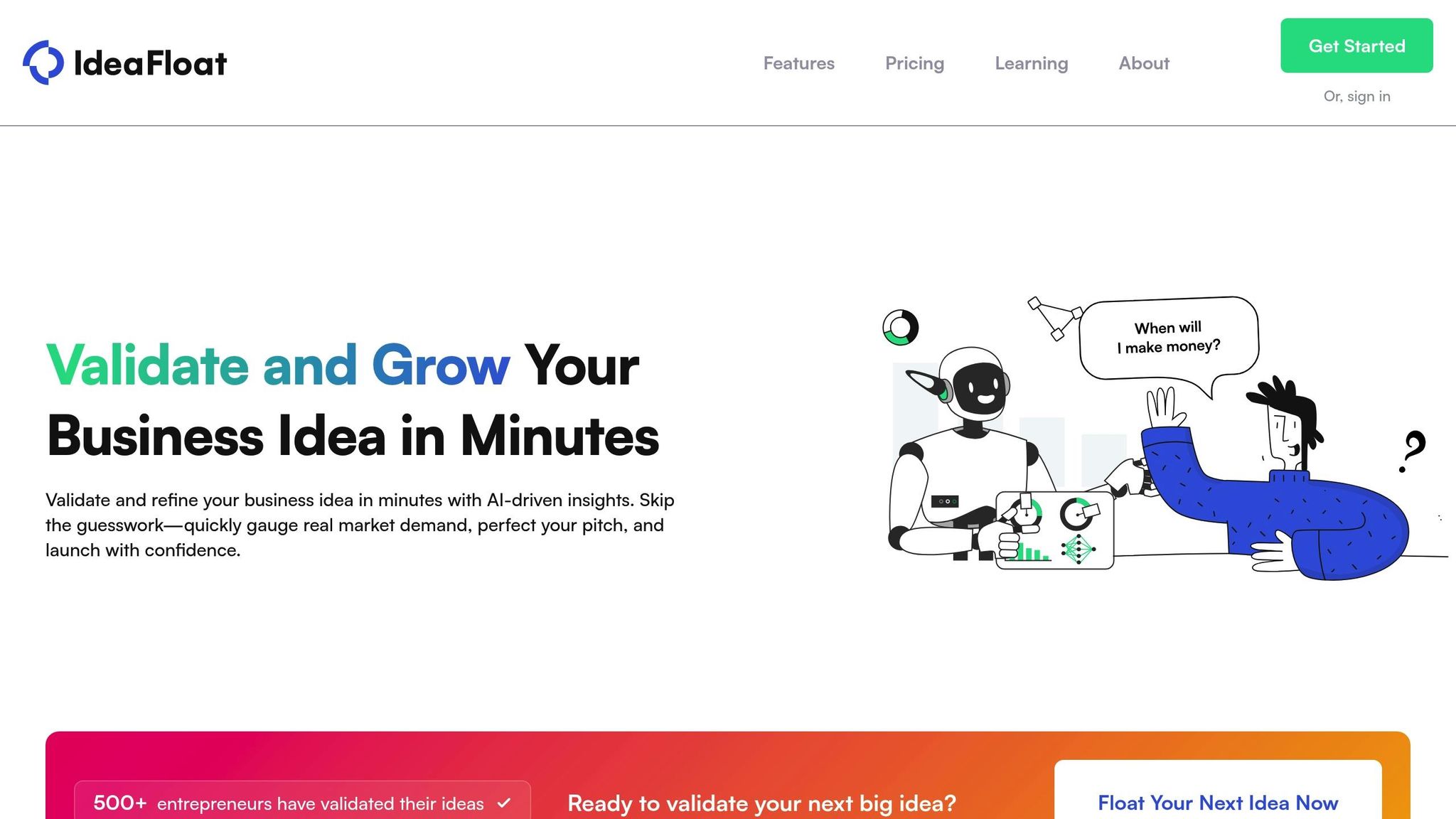
Boost your email campaigns with tools that focus on precision and personalization, making outreach more effective and efficient.
IdeaFloat simplifies client outreach by combining data insights with tailored messaging. Here’s how these tools can improve your email strategy.
Client Research Tools
IdeaFloat’s client profiling creates detailed prospect profiles by analyzing factors like revenue, industry, company size, location, and decision-maker roles. This makes it easier to personalize email templates with relevant details.
"IdeaFloat saved us weeks of work by helping us explore demand for new products across different regions and took the guesswork out of finding gaps in the market. A must-have for entrepreneurs looking to scale." - Nick Sherwing, Founder of woohoPets
In addition to profiling, IdeaFloat offers tools to uncover deeper market insights for more targeted outreach.
Market Research Features
These market research tools provide actionable insights to refine email messaging:
| Feature | How It Helps with Email Outreach |
|---|---|
| Market Size Assessment | Pinpoint the best industry segments to focus on |
| Customer Pain Points | Shape messages that address specific needs |
| Sentiment Analysis | Identify common objections and tailor responses |
| Competitive Intel | Position your services to stand out from competitors |
These features allow you to tackle industry-specific challenges directly in your emails. Over 500 entrepreneurs have already used them to validate their market strategies.
Business Planning Support
With insights from client and market research, these planning tools help you create well-aligned email campaigns:
- Campaign Planning: Use market data to set realistic goals, schedule follow-ups, and analyze response rates by industry.
- Personalization at Scale: Automate data standardization and craft location-specific email openings.
- Performance Tracking: Monitor open rates and responses across industries and company sizes to improve templates.
"IdeaFloat has been invaluable for expanding and franchising our business. It replaced months of research and Excel modeling with real-time data insights. Highly recommend!" - Soba, Bar, Pilates, and Yoga Studio
Conclusion
Email outreach can deliver impressive results when it's personalized and well-executed. A data-focused strategy is key to making the most of your efforts.
For example, in March 2023, Spotify partnered with Mailchimp to address email bounce rates. By using an Email Verification API and cleaning their database, they reduced their bounce rate from 12.3% to 2.1% in just 60 days, which brought in an additional $2.3 million in revenue.
Related posts
Get the newest tips and tricks of starting your business!
